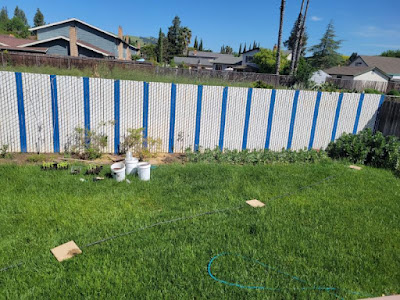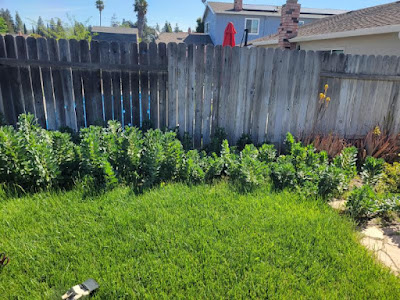From the moment that I learned about the Paesana di Soleto, I was highly interested in growing it. The odd shaped fruit with incredibly tender texture interested me. This variety, introduced to me by Gino DiMitri, comes from a town very close to Galatina, where the Meloncella Galatina comes from.
While the foliage of the Galatina is not altogether unique, the flowers definitely are. This is something that cannot be easily noticed, unless the gardener has the time to spend with the plants. In this case, I had plenty of time before the main season began, so I took the opportunity to do a little more observation than I normally would. Though the male flowers of the Paesana exhibit the typical yellow petals and fluffy pollen-producing anthers, the female flowers are quite different. In most muskmelons, there is just female stigma. But these flowers also possess the anthers – meaning that they are hermaphrodites or perfect flowers, able to be pollinated by moving the pollen from the stigma to the style.
Once the female flowers began fruiting I noticed that the Paesana looked so much like the Meloncella Galatina, that I was nearly positive that the two must be the same. However, around the same time, my friend Guiseppe was growing both the Galatina and the Paesana side-by-side. This enabled him to notice that the Paesana had a much more uniform color while the Galatina was much more splotched. Without this information, I may have never pursued growing the Galatina this summer, which was one of the best decisions I made with my garden the entire season.
With all this being said, my growing of the Paesana di Soleto in the greenhouse was otherwise uneventful. I was able to harvest enough seed that, if anything happened to the original seed that I received in my first summer planting, I would still be able to have enough to plant a second time before the end of the season.




























































































